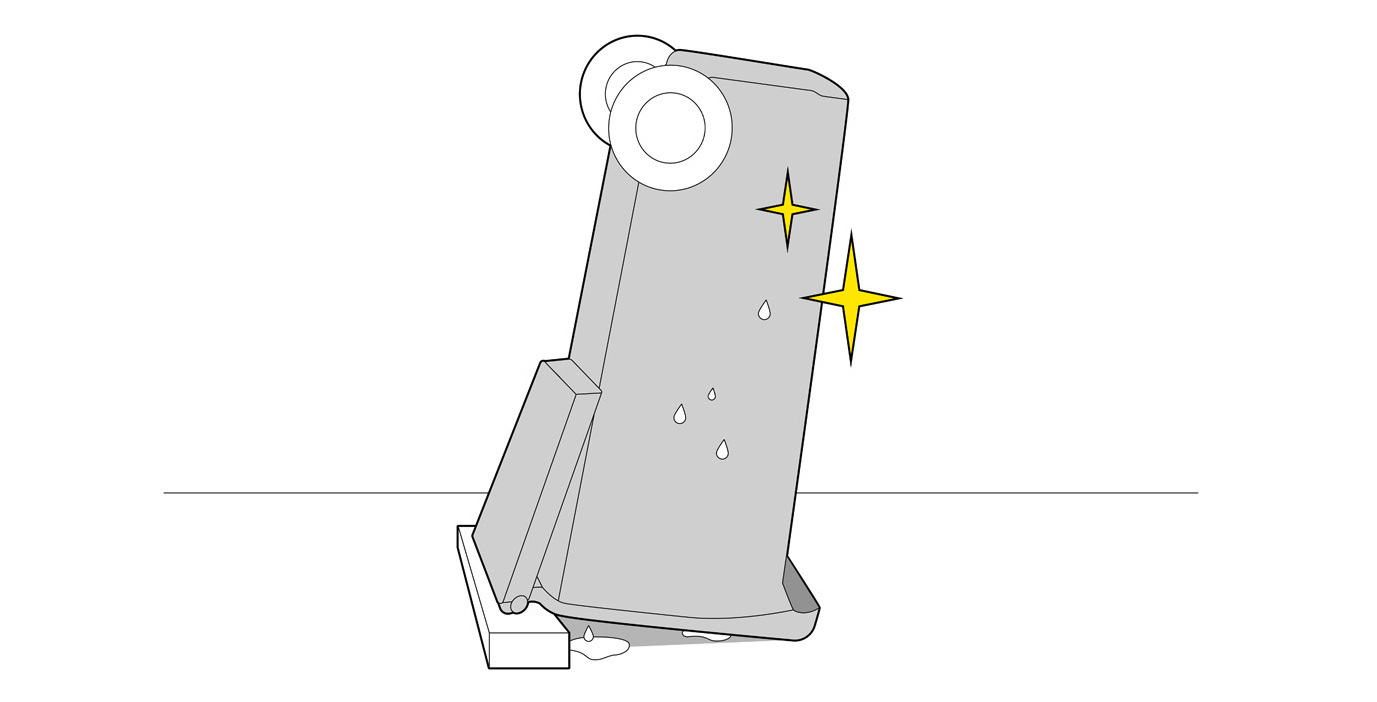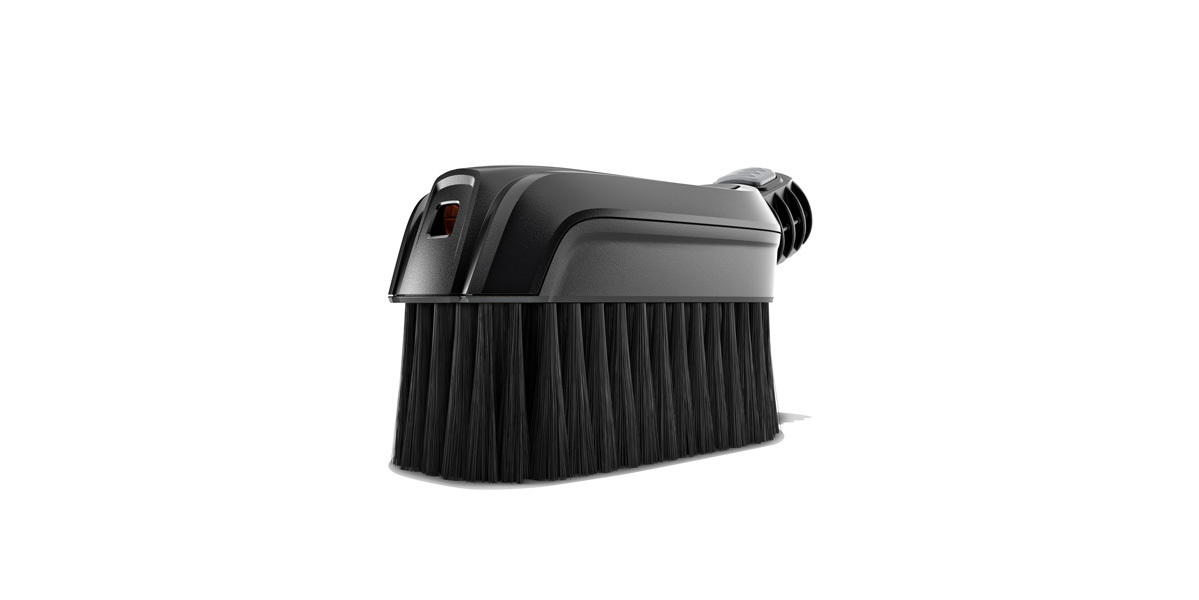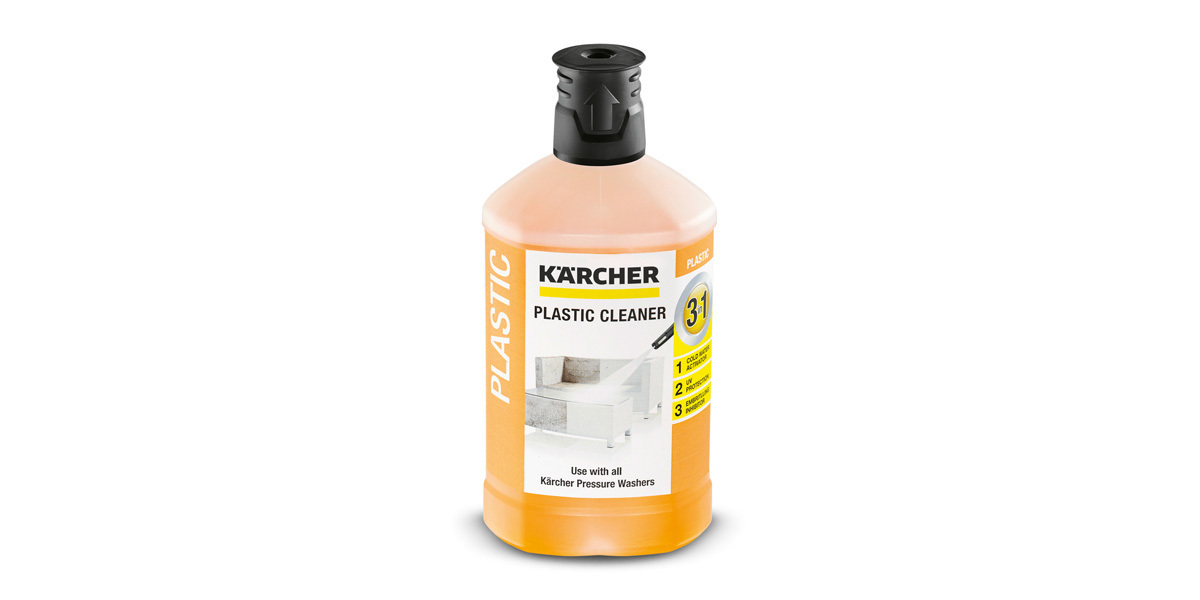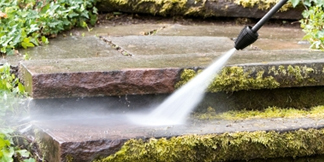Deep clean your bin & effectively fight odours
Dustbins are a necessity in every household. However, as well as separating and disposing of your waste properly, it is also important to clean the bins regularly. Otherwise, you’ll not only end up with unpleasant odours lurking around, but you may find that pests such as maggots could start to make themselves at home in your bins. But how do you properly clean these plastic bins? In addition to using home remedies to combat odours and soiling, there are also many different appliances that can be used for bin cleaning. Take a look at these tips and tricks!
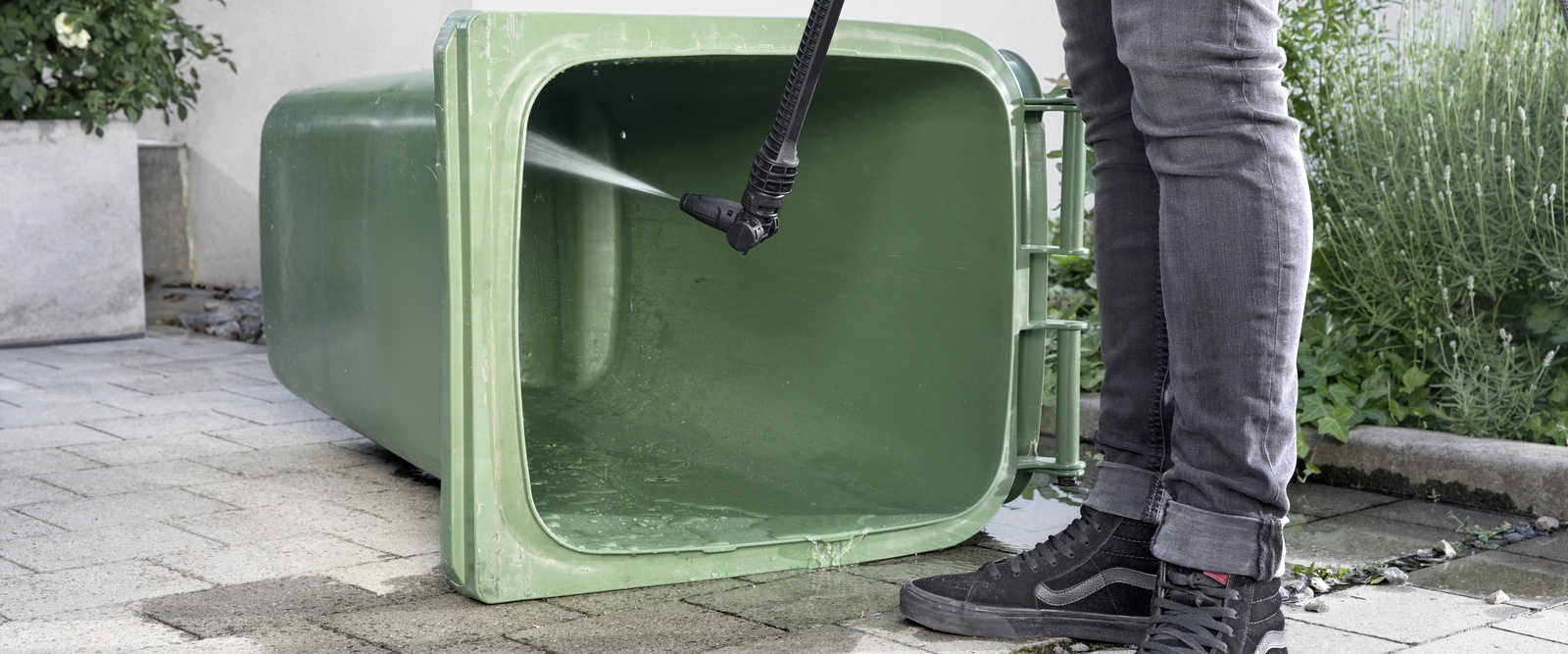
Bin cleaning by hand
Especially during hot weather, it can be quite a task walking to the dustbin due to the smells being emitted or the unknown of what lies within. Organic or biodegradable waste such as meat starts to rot very quickly. The result is not only a nasty stench, but sometimes you may find maggots in the bin after a while. Regular bin cleaning eliminates foul odours and also prevents them. To prepare the bin for cleaning, first remove dirt and any loose food or debris from inside. Now it’s time to thoroughly clean the interior. Using a garden hose, a scrubbing brush or a hand brush, you will be able to free the bin from most of the dirt. Use the hose to spray the inside of the dustbin from top to bottom until the coarse dirt collects at the bottom. This dirty water should not simply be poured into a flowerbed or onto the street, but should be properly disposed of down a drain.
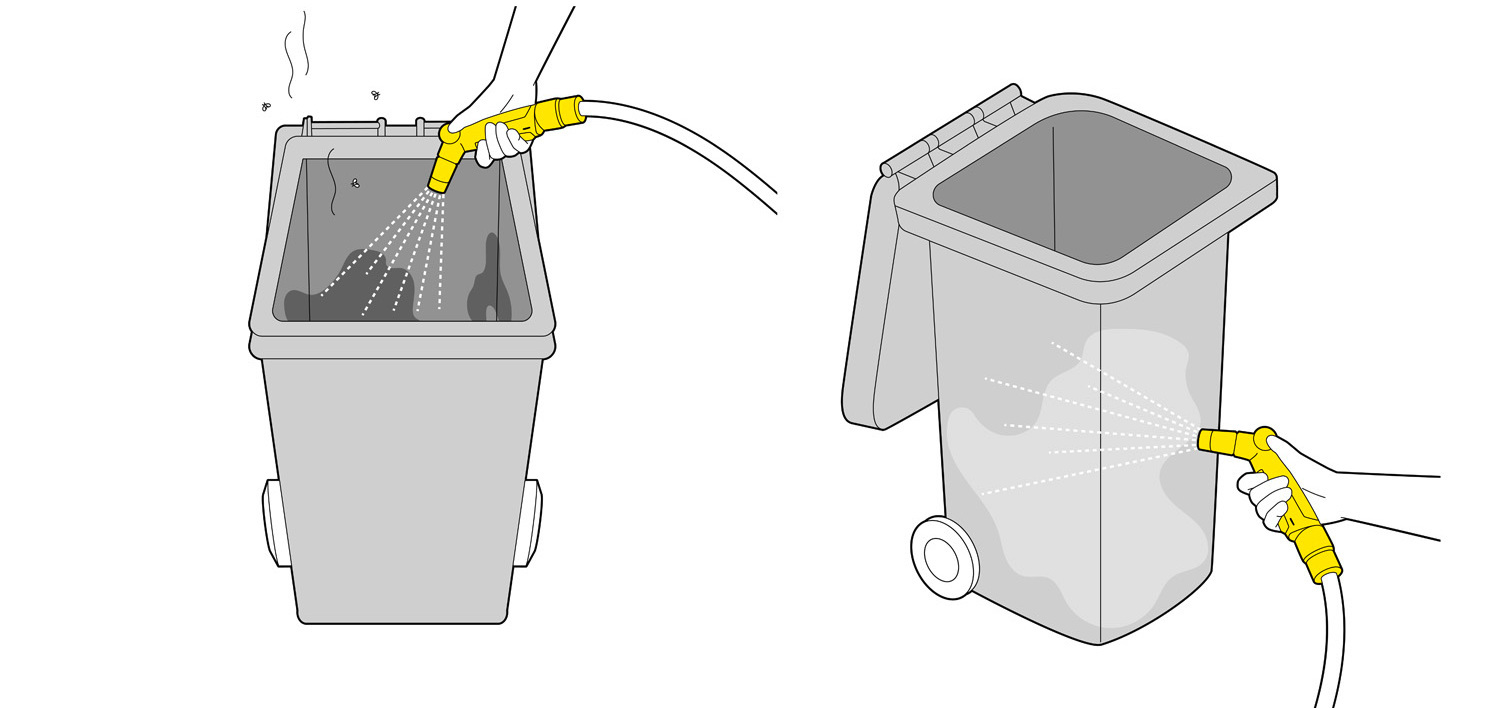
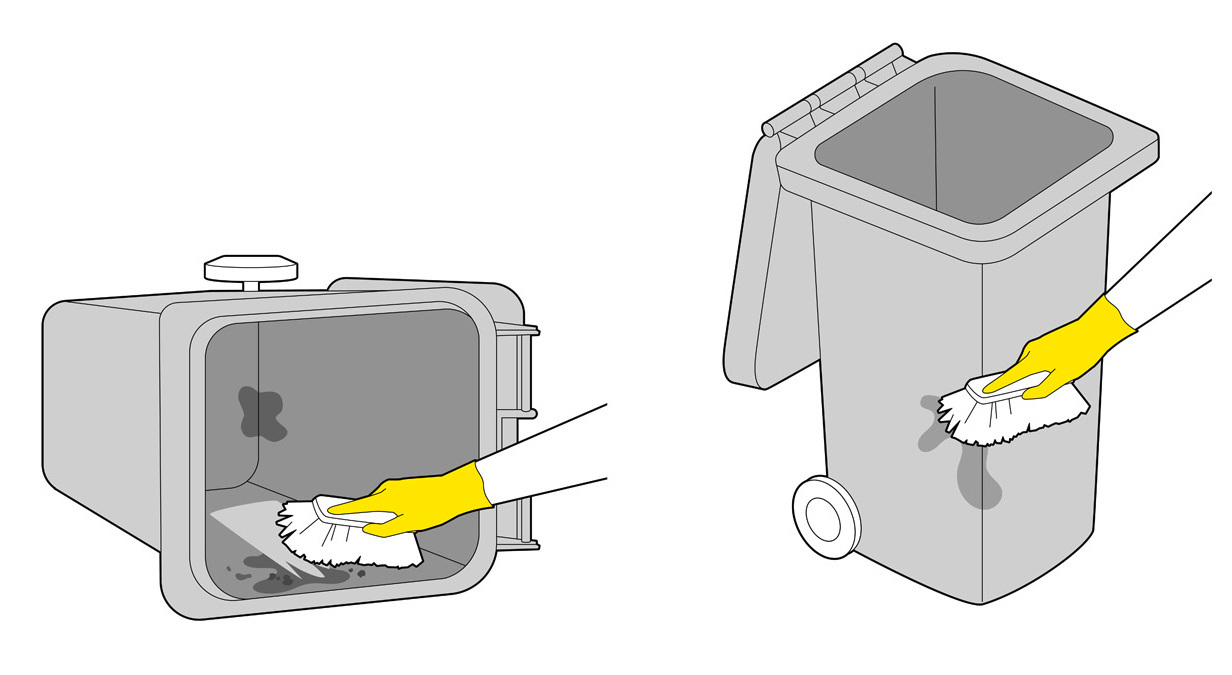
To remove stubborn dirt from the bin, you can use products found in the house. A simple and highly effective way to wash a bin is to use vinegar essence. Mixing equal parts vinegar essence and water not only dissolves dirt, but also removes unpleasant odours in the long term. Even the smelliest of bins can be cleaned this way. In addition, vinegar is ecologically degradable and therefore a good alternative to industrial cleaners. After rinsing out the bin with the hose, the homemade vinegar cleaner should be poured into the bin with a little bit of water. For light soiling, leave the mixture to soak in the bin with the lid closed for one or two hours. If the dustbin is very dirty, you may need to brush off the stuck-on dirt after the mixture has had time to work its magic. But be careful when scrubbing the bin by hand: always wear gloves and protective goggles because vinegar can irritate the skin.
In addition to vinegar essence, citric acid is also suitable for cleaning the bin. To do this, dissolve the citric acid in water according to the manufacturer’s instructions and use it in the same way as the vinegar essence.
Tip
Collect organic waste in designated bin bags or wrap it in newspaper before disposing of it. This keeps the dustbin cleaner for longer.
Special treatment for bins infested with bugs
Before cleaning the dustbin, always check whether pests have taken up residence. This is more likely to happen during hot weather when organic waste starts to decompose. Maggots, in particular, can make your bin their home. Due to higher temperatures and a moist environment inside the bin, flies sometimes decide to lay their eggs there, resulting in a maggot infestation. Since this can quickly spread to nearby bins, the white larvae should be removed before you begin cleaning. A simple household remedy is all you need. Wash out the bin with a mixture of salt, vinegar and warm water.
Mixtures like this one disinfect the surface of the plastic and neutralise unpleasant odours. Alternatively, you can use special plastic cleaner detergent, which you spray specifically on the bin and then rinse off with clean water.

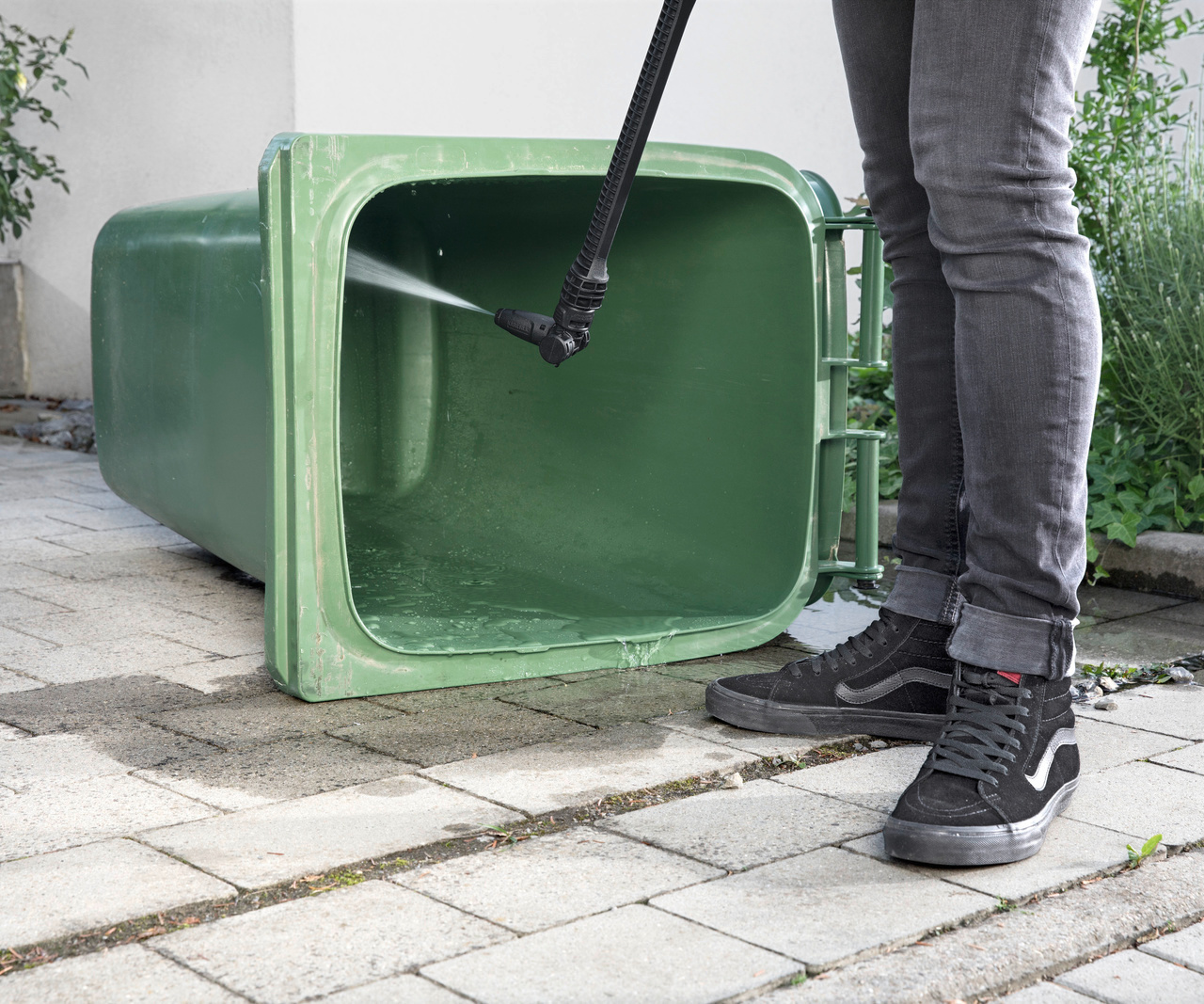
Use water pressure to wash out the dustbin
If you want to thoroughly clean your bin, reach for a pressure washer. The water jet can be used to effectively remove even stubborn deposits as well as any stuck-on waste and even moss.
The battery-powered cleaner is particularly suitable for outdoor use because it does not require a power connection. When it comes to the water supply, either a conventional water connection can be used or with the help of a suction hose, water can be drawn from alternative sources such as rain barrels or water canisters. The water pressure is lower than that of the high-pressure cleaner, making it well-suited for bin cleaning. Its maximum 24 bar power ensures it doesn’t damage the plastic of the bin, but is still effective at spraying off loose dirt.
How to clean the bin with the pressure washer:
- First, attach the garden hose to the connector provided. In order to start up the device with a fully charged 18 V battery pack, you have to first release the lock. To begin cleaning, simply press the switch.
- Wash out the inside of the bin from top to bottom with the water jet. The dirt will loosen and collect at the bottom of the dustbin. If necessary, the bin must be emptied in between and the contents disposed of down a drain.
- After that, the bin should be thoroughly rinsed again until all the dirt has disappeared.
- Now it’s time for the outside of the bin to be quickly sprayed with the pressure washer.
Tip
So that the water does not collect in the dustbin during cleaning, the bin can be placed on its side beforehand so that the water can flow straight out of the bin. For convenient cleaning, a spray lance with adjustable 360° joint is recommended. When attached to an extension lance and set at a right angle, the bin can be conveniently cleaned from a standing position.

If you want to remove particularly stubborn odours, why not try a cleaning agent that can be applied with the help of a foam nozzle, for example? For bin cleaning, a plastic cleaner detergent is a good choice. In addition to providing the highest cleaning performance, it not only effectively removes stuck-on dirt, but also provides long-lasting protection for the colour and material of the container.
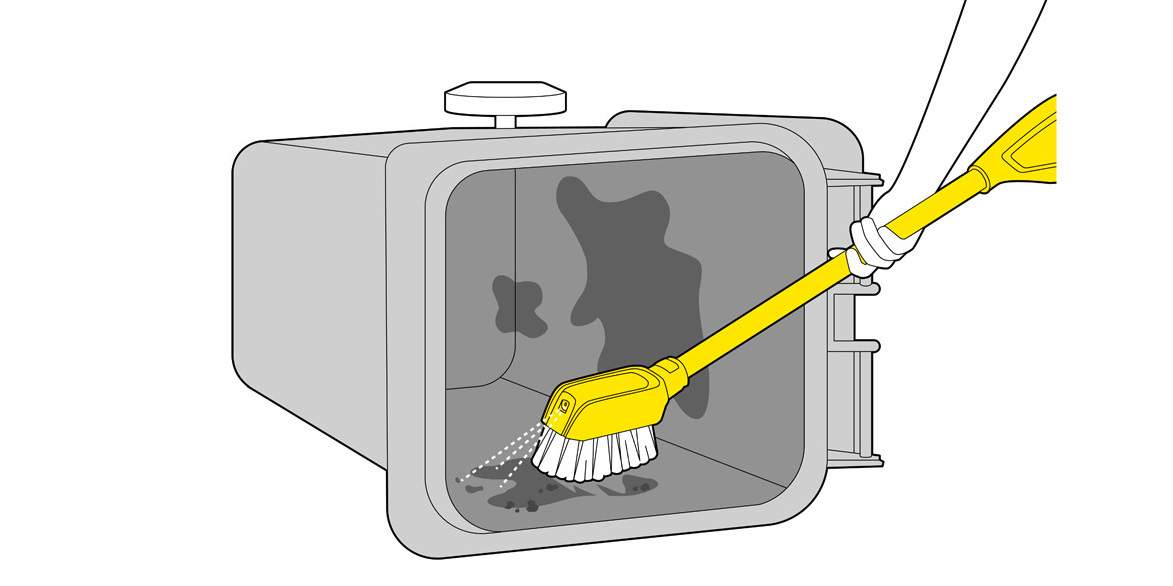
For very stubborn dirt that cannot be loosened by the water jet, you could try a wash brush for splash-free, thorough cleaning. To do this, attach the brush to the pressure washer and get the extra-long bristles deep inside the bin. The nozzle on the brush allows alternate scrubbing and blasting. The rotating head enables you to clean hard-to-reach places. Alternatively, you could use the dirt blaster included in the scope of delivery. It ensures a deep clean with its rotating jet.
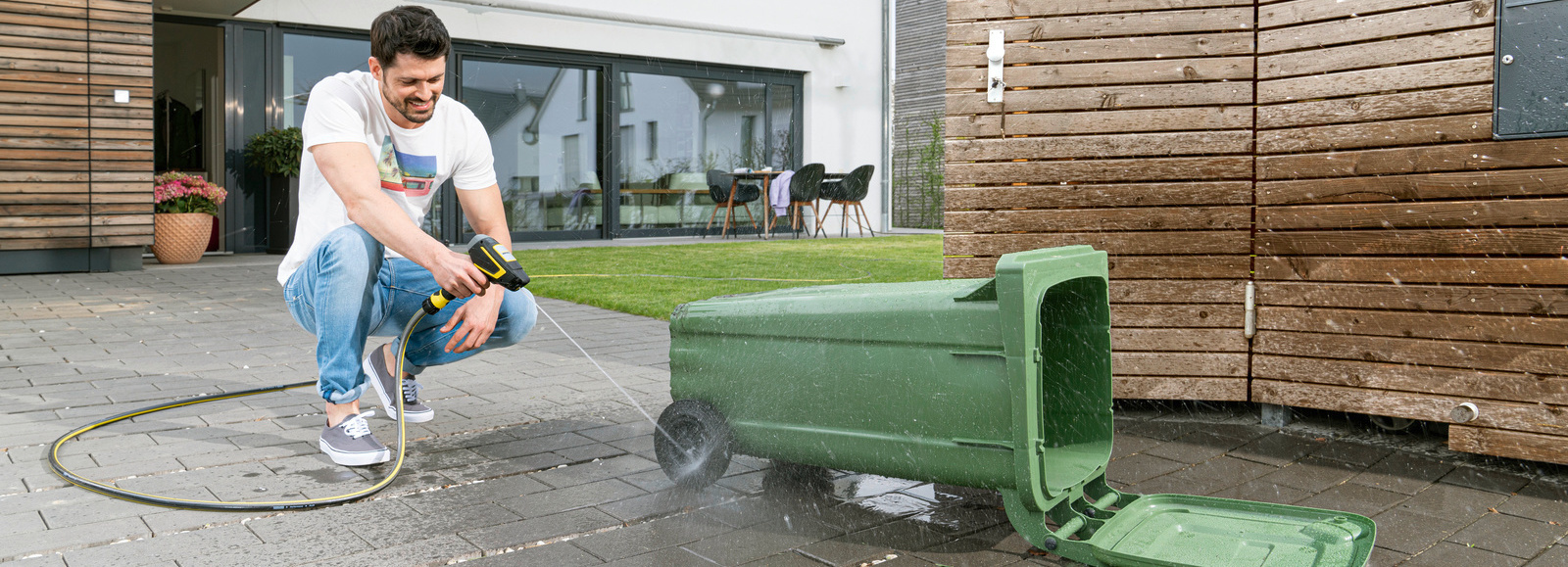
It’s also possible to use a high-pressure washer to clean dustbins. However, the jet pipe or gun should be set to the lowest possible pressure to reduce water spraying back. With the help of the cleaning agent feature on the device, you can apply detergent to surfaces with the high-pressure washer at low pressure. Allow to soak in for a while and then rinse with clear water until all the dirt has been removed. For light soiling, a garden hose is also more than enough, for example in combination with a cleaning spray gun, which allows effortless cleaning thanks to its rotating jet.
Allow the bin to dry after washing it
Regardless of whether the dustbin was washed by hand or using an appliance, it should always be left to dry thoroughly before any new bin bags are placed inside. If there is some moisture left inside, it can provide the perfect breeding ground for mould. It is best to leave the bin upside down against a wall after cleaning it. This will allow excess water to run out and still allow air to circulate well inside the bin. If you want to speed up the process, you can also use old newspaper. It is highly absorbent so it can be used to wipe out and dry the bin at the same time. Alternatively, you can also suck the moisture out of the dustbin with a wet and dry vacuum cleaner.
